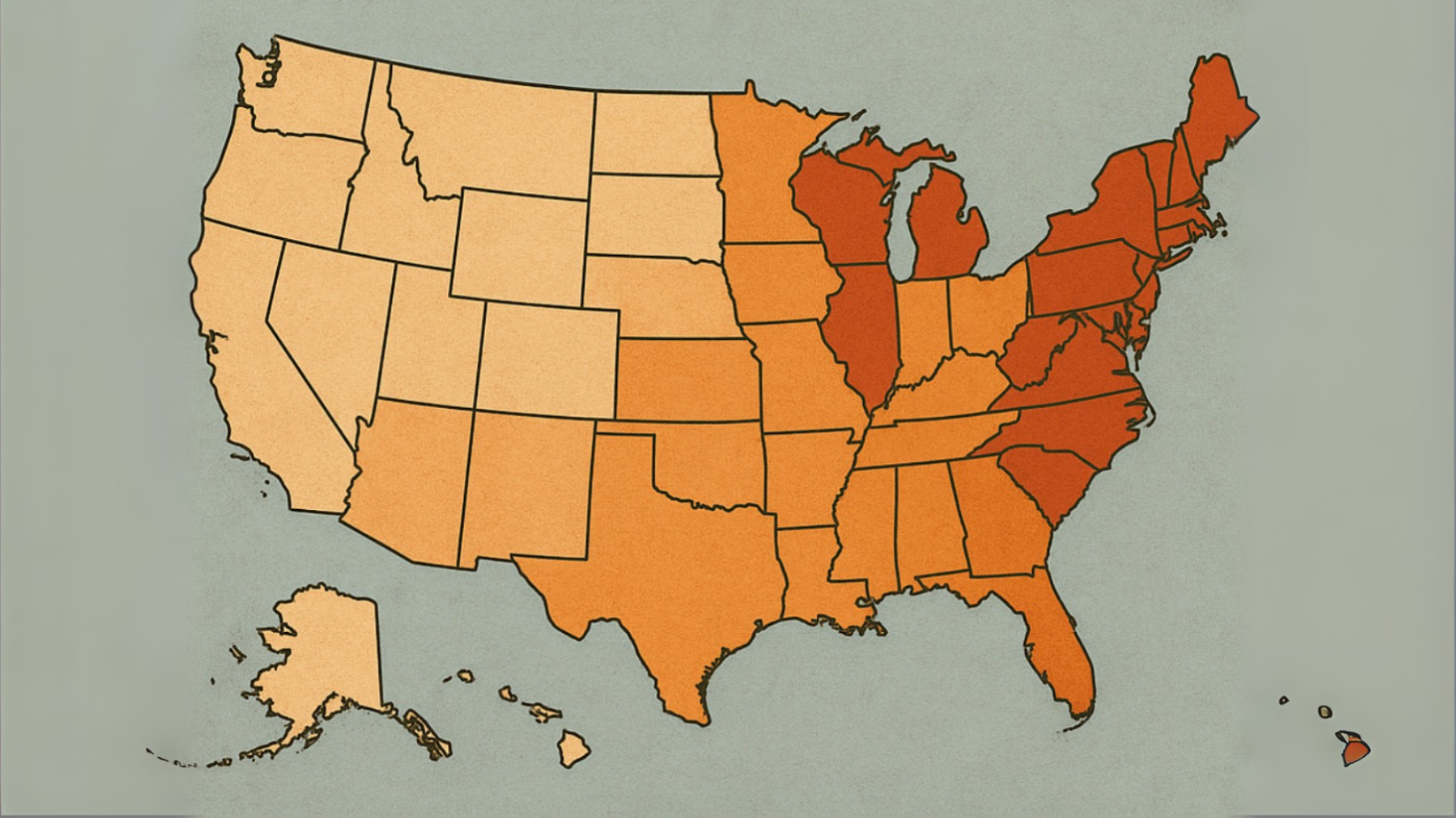Lyme Disease Surge: Tick Testing, RSF Risks & Safety Tips

Ticks are having a banner year—and not in a good way. Populations are exploding across the U.S., and Lyme disease is hitting record highs, especially in the Northeast. But Lyme isn’t the only concern anymore. Other tick-borne illnesses, like Rocky Mountain Spotted Fever (RSF) and even red-meat allergies caused by lone star ticks, are spreading fast. If you spend time outdoors hunting, fishing, or hiking, here’s what you need to know to stay safe this season.
Lyme Disease Cases Hit Record Highs
The CDC reported 62,551 confirmed cases of Lyme disease in 2022, with Rhode Island, Vermont, Maine, and West Virginia recording incidence rates between 137.7 and 212 per 100,000 people. Experts believe the true number is much higher due to improved testing and awareness.
For outdoorsmen and women, this means daily tick checks are no longer optional—they’re essential.
Why Ticks Are Thriving Across the U.S.

Scientists point to a mix of climate change, land development, and shifting wildlife patterns as key reasons ticks are expanding their range. Once confined to specific areas, ticks are now spreading farther north and west.
- The blacklegged (deer) tick remains the primary carrier of Lyme disease in the U.S., thriving in the Northeast, mid-Atlantic, and north-central states.
- The lone star tick—once mostly southern—is now being found farther north, and it’s linked to alpha-gal syndrome (AGS), a red-meat allergy affecting an estimated 450,000 Americans.
If you’re out in the woods or tall grasses, assume ticks are active year-round.
Lyme Disease Symptoms & Early Transmission Facts
Untreated Lyme can cause:
- Extreme fatigue
- Joint pain and arthritis
- Bullseye-shaped rash
- Neurological symptoms (in advanced cases)
The good news? It usually takes more than 24 hours for a tick to transmit Lyme bacteria, so early removal is critical
Save the Tick—Get It Tested
One of the best things you can do after a bite? Save the tick. Services like TickCheck.com can test for multiple pathogens, including Lyme, babesiosis, ehrlichiosis, and RSF.
How to Properly Save a Tick for Testing
- Remove it carefully with fine-tipped tweezers.
- Place it in a sealed plastic bag or airtight container.
- Keep it refrigerated until mailed for testing.
- Note the date and location of the bite.
A positive test result can help your doctor decide if preventive antibiotics (like doxycycline) are needed early.
Rocky Mountain Spotted Fever (RSF): The Other Dangerous Tick Disease
While Lyme disease grabs the headlines, Rocky Mountain Spotted Fever (RSF) is just as dangerous—and can be deadly if untreated.
I recently had a tick tested, and it came back positive for RSF, proof that this illness is spreading into areas where it wasn’t common before.
RSF Symptoms to Watch For
- Sudden high fever
- Severe headache
- Muscle aches
- Rash, often starting on wrists and ankles
If you develop these symptoms within two weeks of a tick bite, seek medical care immediately. Early treatment with doxycycline is highly effective.
How to Protect Yourself Outdoors

Whether you’re glassing for deer in Maine or scouting trout streams in Vermont, prevention is key:
- Wear long sleeves, pants, and gaiters when in brush or tall grass.
- Use EPA-approved insect repellents with DEET or permethrin.
- Shower and do a full tick check within two hours of returning indoors.
- Remove ticks immediately with fine-tipped tweezers.
The Bottom Line
Tick-borne illnesses aren’t going anywhere—in fact, they’re getting worse. Protect yourself, check for ticks every time you’re outdoors, and if bitten, save the tick for testing.
Have you tested a tick or dealt with Lyme or RSF yourself? Give us a shout on social @JBicklesbee and share your story.
Until next time… Enjoy the outdoors & Stay Safe.





